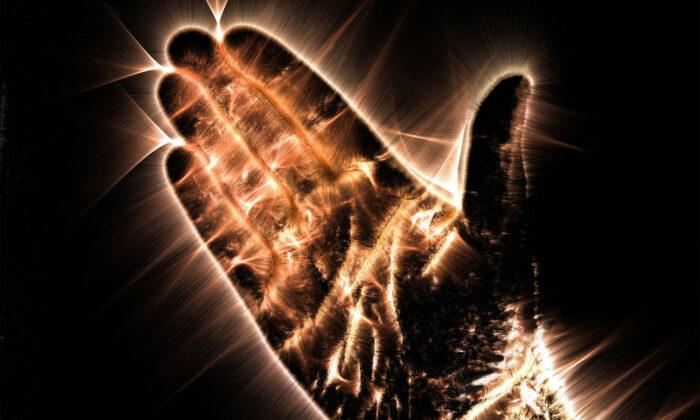In some spiritual traditions, people are said to have “auras” around them. Sometimes the auras are described as being various colors or at various levels of intensity, depending on the person’s characteristics.
Photos taken using special methods show a light surrounding people’s bodies, which is said to be the energy those people emanate.
Some understand this as a spiritual energy, some understand it as an energy related to more mundane physical properties of the body.
Russian inventor Semyon Kirlian established this field of photography in 1939. He discovered that when a high-voltage electric field is created around a person or object and that object is placed on a photographic plate, an image is produced on plate that shows an emanating light around it.
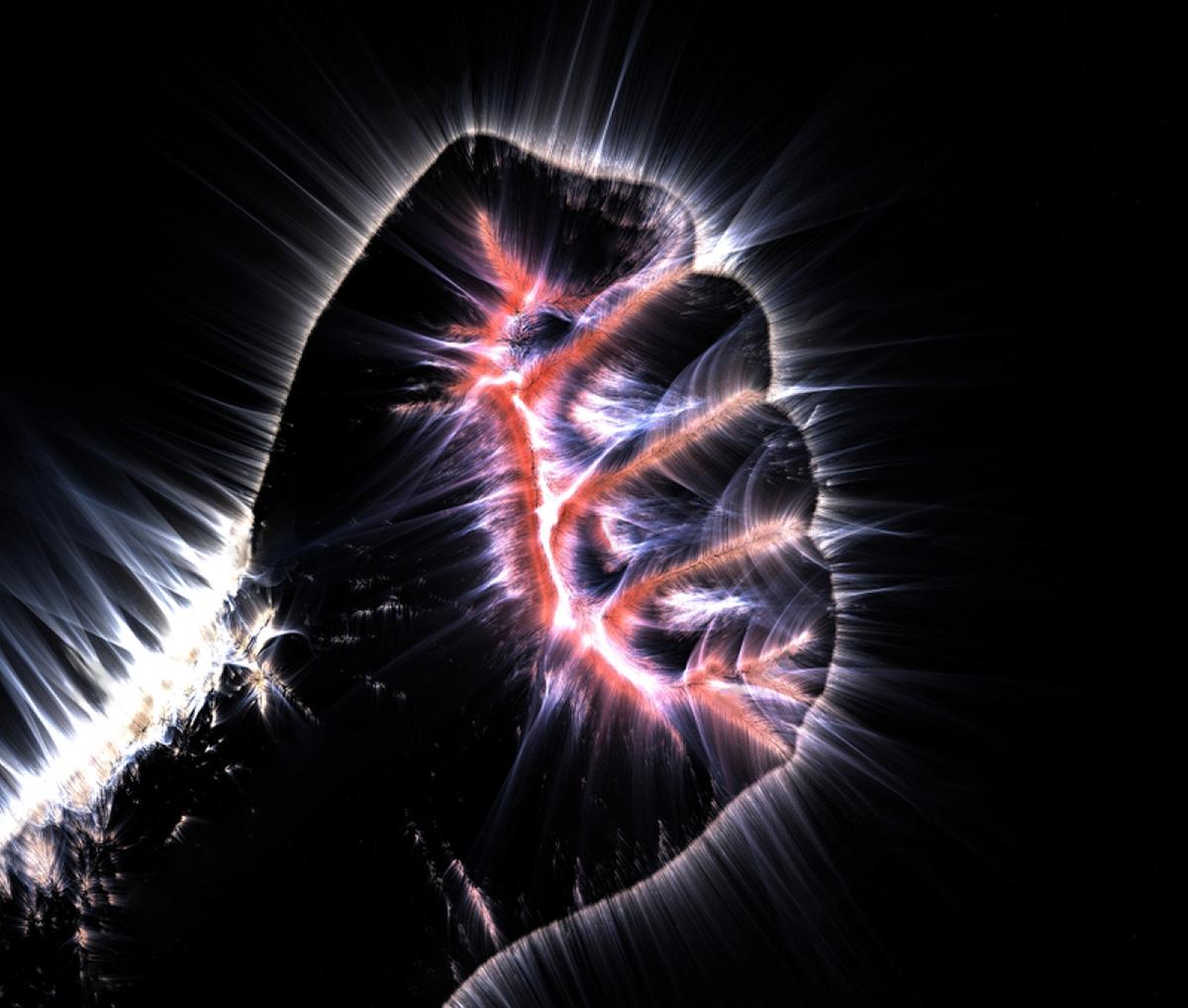
Illness
Dr. Gary Schwartz and Dr. Katherine Creath at the University of Arizona conducted a study on biophoton emissions in plants, relating these emissions to auras.Studying thousands of images over the course of more than two years, they found that “injury (such as cutting) and unhealthy tissue is associated with clearly visible increased biophoton emission.”
Dr. Schwartz received his doctorate from Harvard, taught psychiatry and psychology at Yale, and is now a professor at the University of Arizona. Dr. Creath is an adjunct professor of optical sciences at the University of Arizona.
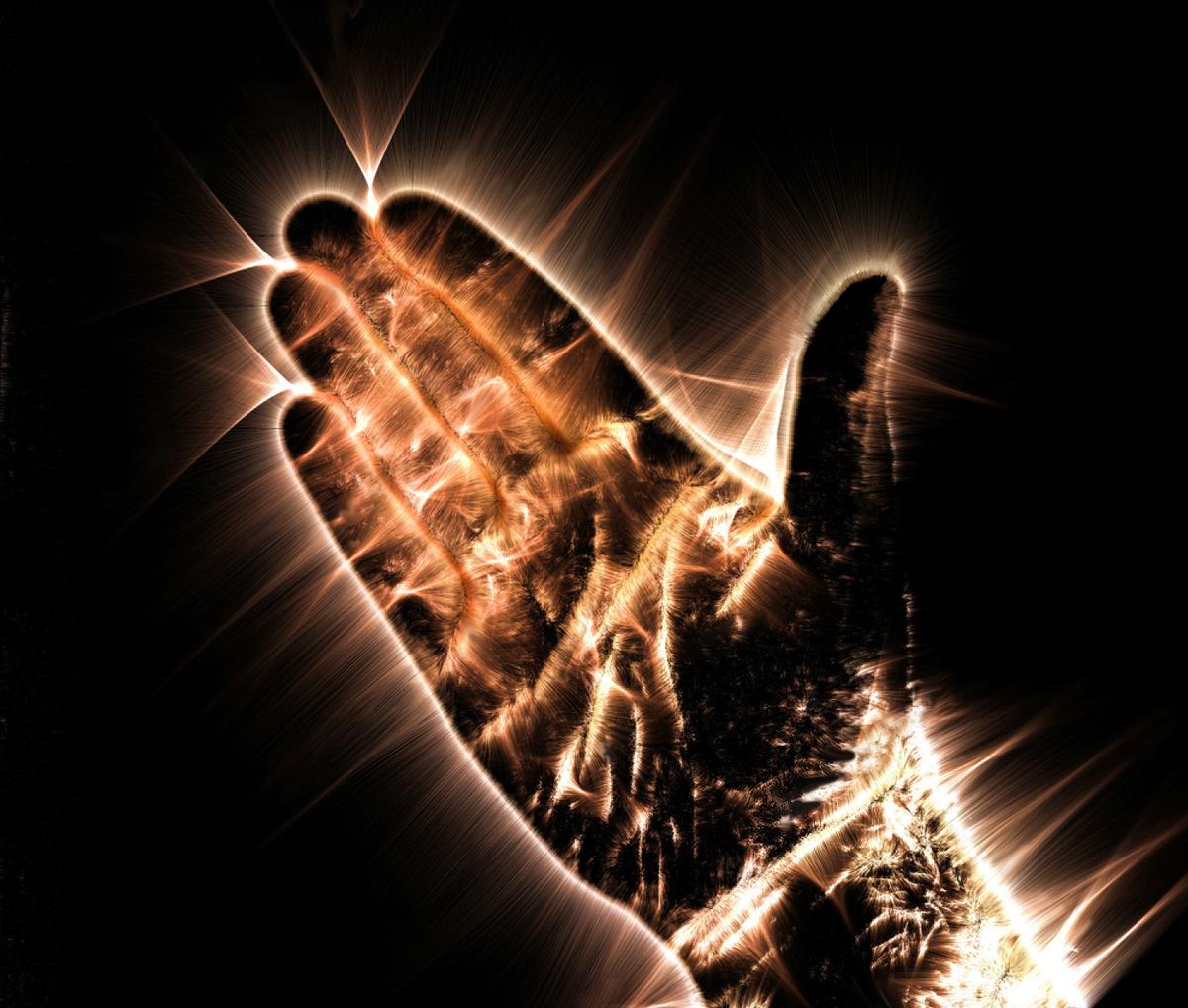
Moisture
Terence Hines, a psychology professor at Pace University in New York, said the aura seen around the object is caused by moisture.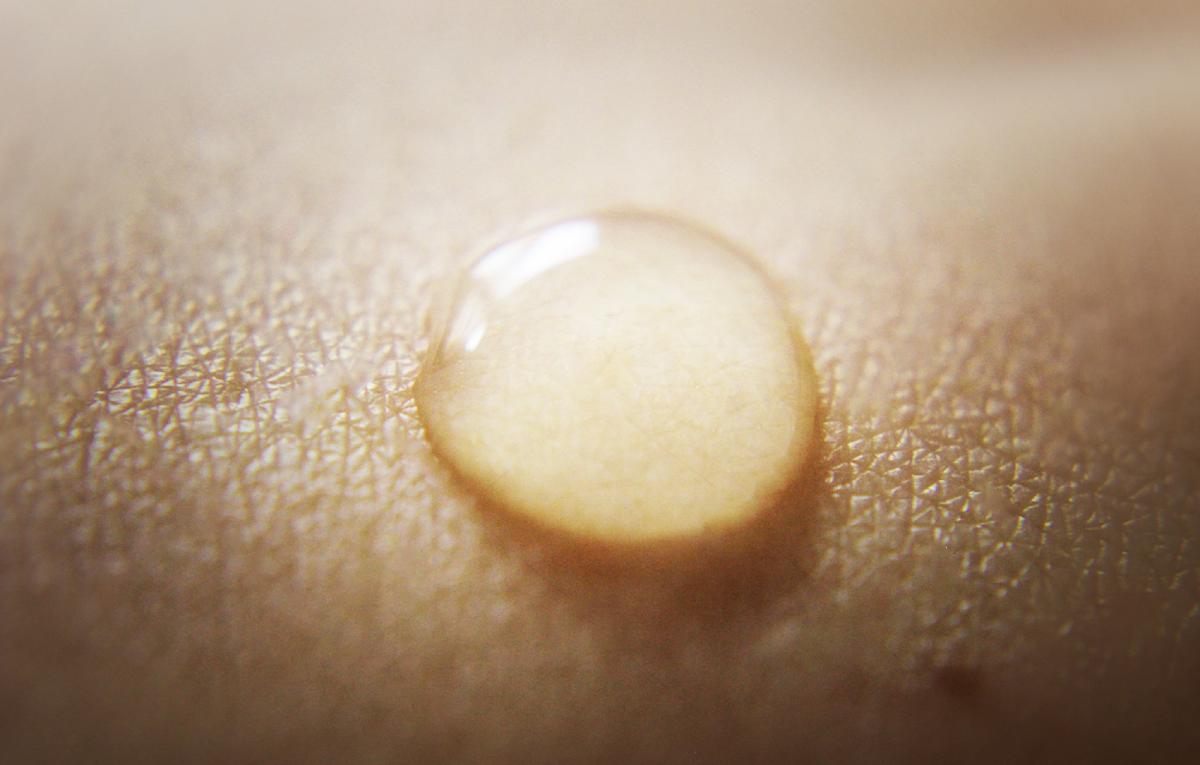
“Living things ... are moist. When the electricity enters the living object, it produces an area of gas ionization around the photographed object. ... This moisture is transferred from the subject to the emulsion surface of the photographic film and causes an alternation of the electric charge pattern on the film,” Hines wrote in his book “Pseudoscience and the Paranormal.”
Body Heat
Dr. Stenger said the glow perceived in the images has to do with temperature. He wrote: “This light is the result of the random movements of all the charged particles in the body that are caused by heat. The horse’s body is full of charged particles and the heat of the horse’s body makes those particles move around like popcorn on the top of a stove. The type of light that it emitted from a living body has a characteristic shape that is completely specified by the body’s absolute temperature. As that temperature rises, you can begin to see the ‘aura.’”Means of Communication
Dr. Schwarz and Dr. Creath hypothesized in their study of “aura-like” energy around plants that this energy may be used for communication between plants. The energy appeared stronger when plants were in close proximity to each other.Bioenergy Field?
Biochemist John Norman Hansen, Ph.D., at the University of Maryland, has found evidence of what he believes is a bioenergy field around humans.Instead of using photon sensors, as is often done in the search for auras, he decided to see if the “aura” has enough power to push a pendulum. He used a torsion pendulum, which can be moved by subtle force, and repeatedly found that its momentum changed when placed above a person’s head.
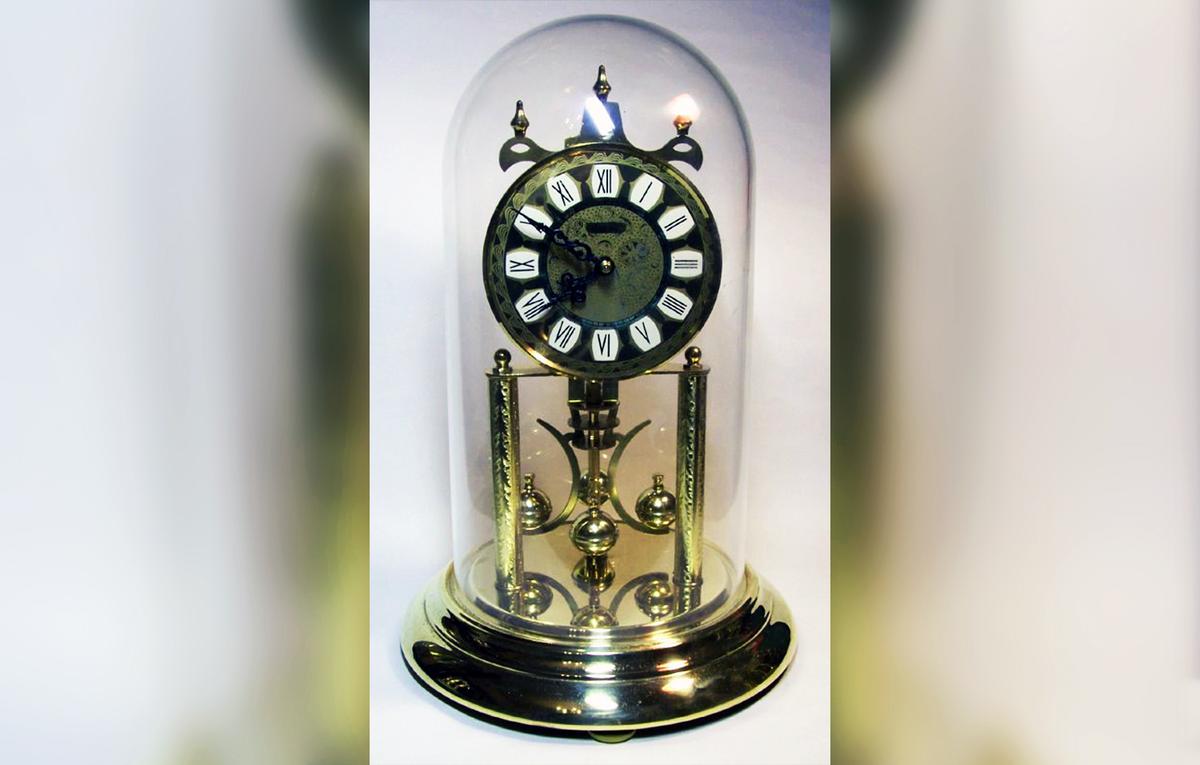
Synesthesia?
Synesthesia is a condition in which a person’s senses are cross-wired, so to speak. Someone might hear blue or smell a sonata, for example.For example, they found that a local healer known as El Santón has face-color synesthesia: “The brain region responsible for face recognition is associated with the color-processing region.”
“Not all ‘healers’ are synesthetes, but there is a higher prevalence of this phenomenon among them,” one of the researchers told Science Daily. “The same occurs among painters and artists, for example.”

